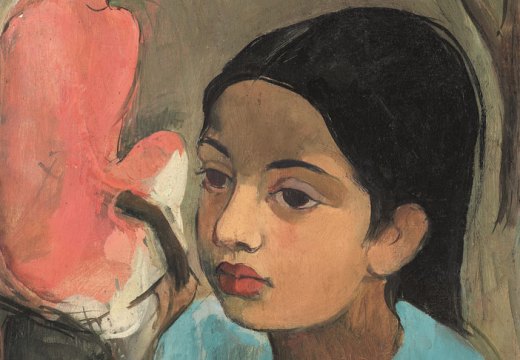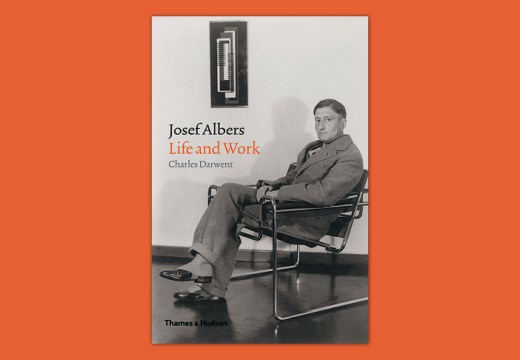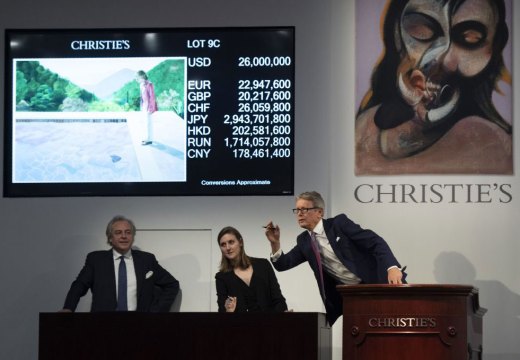What are the key ingredients that make up an emerging art scene or a nascent art market beyond well-trodden Western territory? Perhaps the recipe could include: a booming economy, a handful of wealthy collectors, a dash of local mega-museum building, a hipster art fair and a smattering of hot and relatively undiscovered artists? For consultant and lecturer Iain Robertson of Sotheby’s Institute of Art, the main marker required for a healthy artistic ecosystem to flourish – as set out in his book, New Art, New Markets – is a strong traditional baseline of culture, which can be learned from and developed upon internally, rather than relying on an imported model of what consumers, dealers and neophytes from the old metropolitan art centres might deem palatable and ripe for the plucking.
Different iterations of such perfect market storms are brewing or have blown over in recent memory, from the Chinese auction-fuelled boom of the last decade, to the grand projets of the Emirates sprouting up around Saadiyat Island and even the more homespun rise of a clutch of influential artists and galleries in Mexico City. Robertson highlights these regions – as well as providing chapters on the strangely monikered Hindustan (a conflation of India, Pakistan and Bangladesh), Aryana (an ancient nomenclature for modern-day Iran, posited as a potential hub of Islamic art) and Hispania (encompassing Brazil as well as Mexico), while ignoring other mini-bubbles in the Balkan and Russian spheres, for instance, or anything in the entire continent of a clearly emergent Africa.
New Art, New Markets is an attempt to define the possible shape of this new art world order, albeit employing a mechanism of historical time travel, visiting the roots of artistic production and political persuasion, in order to fathom the present and augur the future. This is at its most successful when Robertson turns up the narrative dial, revisiting evocative examples such as the Mahabharata or Meiji-era craftsmanship, in order to find strains of cultural difference in each country’s contemporary-art production. There are some genuinely enlightening passages about Taiwan’s rock-and-hard-place geopolitical position between the West and a resurgent China, for example, if there’s an equal quotient of Robertson’s own occasionally unhelpful generalisations on the ongoing validity of certain nation states: damning Bangladesh as being ‘defeated by its geography and climate’, for instance, without allowing for any signs of positivity to shine through (I could point to the Dhaka Art Summit, for one thing, a biennial platform offering support for South Asian artists to show in the region).
Although such a historicised, politicised lens is a welcome tonic to the usual record-breaking rhetoric that would have us believe that big prices beget shiny new markets, Robertson’s lack of enslavement to the auction block can also lead to some outdated notions about the current state of play. Indeed, this book is a much-updated version of his own, earlier A New Art from Emerging Markets (2011), from which he reiterates various claims, including that more than three-quarters of the domestic Chinese market is still devoted to collecting calligraphy and works on paper, which doesn’t take into account the recent preponderance of brand-name European and American artists entering Asian collections hand over fist.
Not being myself an expert, but an outsider with less of an overview than Robertson, I would nevertheless concur that new markets always begin with a deep sense of their own worth but are just as likely then to gravitate to other forms outside their immediate purview, through a gradual process of education and osmosis. This second stage is certainly what this book rails against, referring to the influx of foreign galleries in emerging markets as a process of ‘Westoxication’.
This somewhat reactionary notion goes that indigenous cultures might eventually somehow break down the international art market like metastasising cells, swallowing up the whole and remaking it in their various images. This seems naïve, if laudable, but also seems to dismiss the global rush for Western art and any possible benefits therein. Disregarding the auction superstars that are driving collecting in many upcoming art-interested regions is wrong-headed, as while they may not provide the answer they are nevertheless a much more important part of the equation than this book lets on.
Robertson has clearly looked at a great slew of artists from these regions and offers some valuable and pithy insights into what their practices mean within their respective market contexts. However, so few are illustrated as to diminish the value of his careful looking. The few images included in a plates section can’t begin to describe the depth and range of such disparate and multitudinous art worlds, even if the author clearly has tried so hard to open our eyes to these lesser-known lights.
So how does that fresh art-market stew turn out? Well, according to Robertson you take a large helping of world-to-rights manifesto, then add bravado critical appraisals of a largely insular segment of each emerging gene pool. Which leaves you with a wholesome, if unrepresentative, sampling of each of these richly developing new cultures of old.
‘New Art, New Markets’ by Iain Robertson is published by Lund Humphries.
Unlimited access from just $16 every 3 months
Subscribe to get unlimited and exclusive access to the top art stories, interviews and exhibition reviews.














![Masterpiece [Re]discovery 2022. Photo: Ben Fisher Photography, courtesy of Masterpiece London](http://www.apollo-magazine.com/wp-content/uploads/2022/07/MPL2022_4263.jpg)
Has the Fitzwilliam got its rehang right?